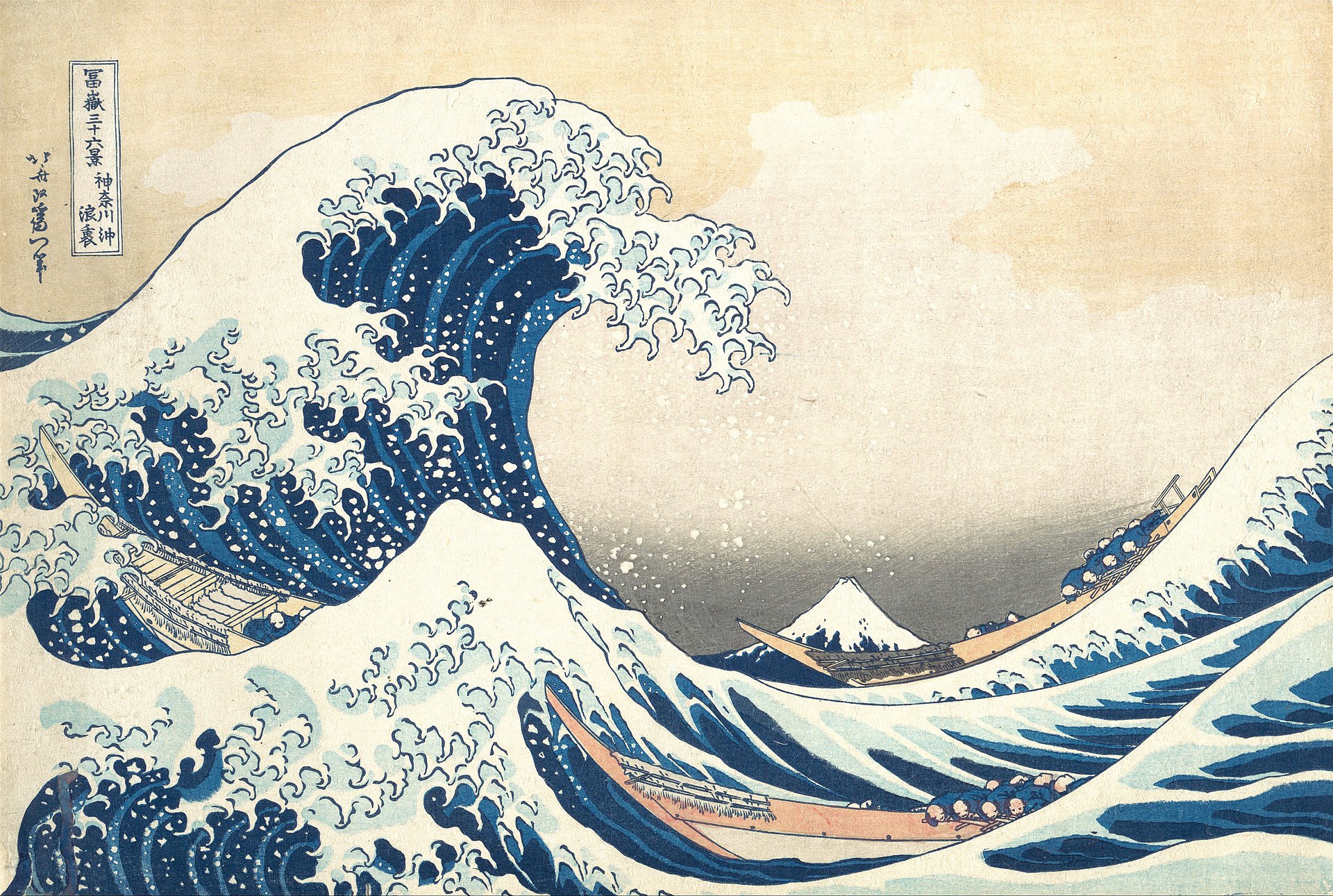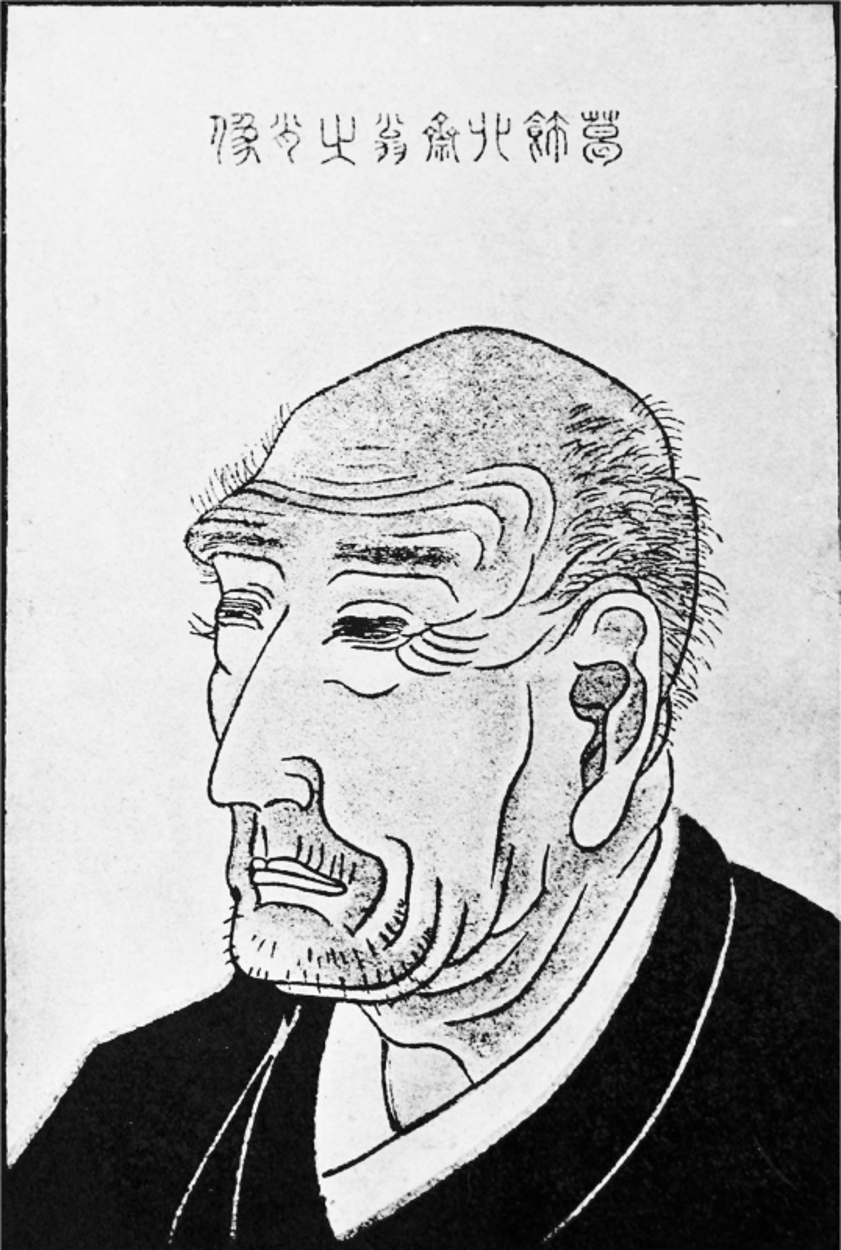We use emojis daily, so why not celebrate them, even in art history?
It may sound strange, but today is the tenth annual global emoji celebration - World Emoji Day. Art history is also present in the emoji world. One of the most iconic examples is The Great Wave Off Kanagawa, so let's focus on it! We have featured this masterpiece in the past already but we have never discussed why it became so famous and iconic.
Researchers and art historians have different theories. One can say it is simply beautiful and very symbolic of Japan in general. Indeed, Mount Fuji depicted on the woodcut is viewed as a blessed and sacred ground. It represents Japan's strength, excellence, and culture.
But I think it has a deeper sense—it shows the human struggle against nature for life. The scene shows three oshiokuri-bune, fast barges that were used to transport live fish from the Izu and Bōsō peninsulas to markets in Edo Bay. At the front of each boat are two crew members; 30 men are represented in the picture but only 22 are visible. The size of the wave can be approximated using the boats as a reference: the oshiokuri-bune were generally between 12 and 15 meters (39 and 49 feet) long. Taking into account that Hokusai reduced the vertical scale by 30%, the wave is between 10 and 12 meters (33 and 39 feet) high. The Great Wave Off Kanagawa is a depiction of a good fight.
Have a great Monday!


 Katsushika Hokusai
Katsushika Hokusai